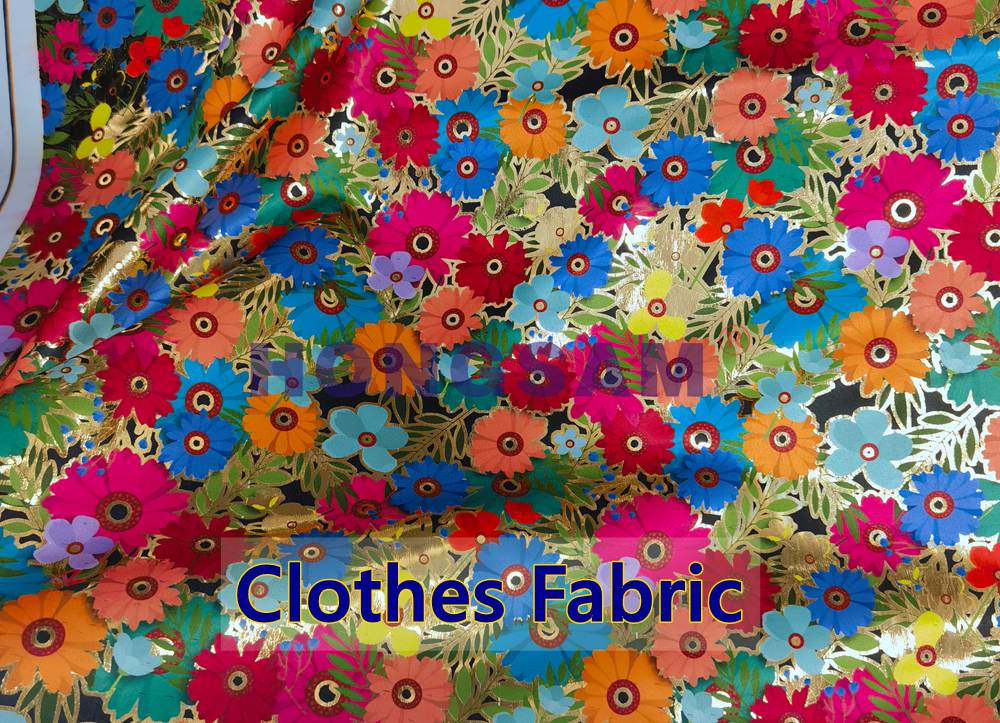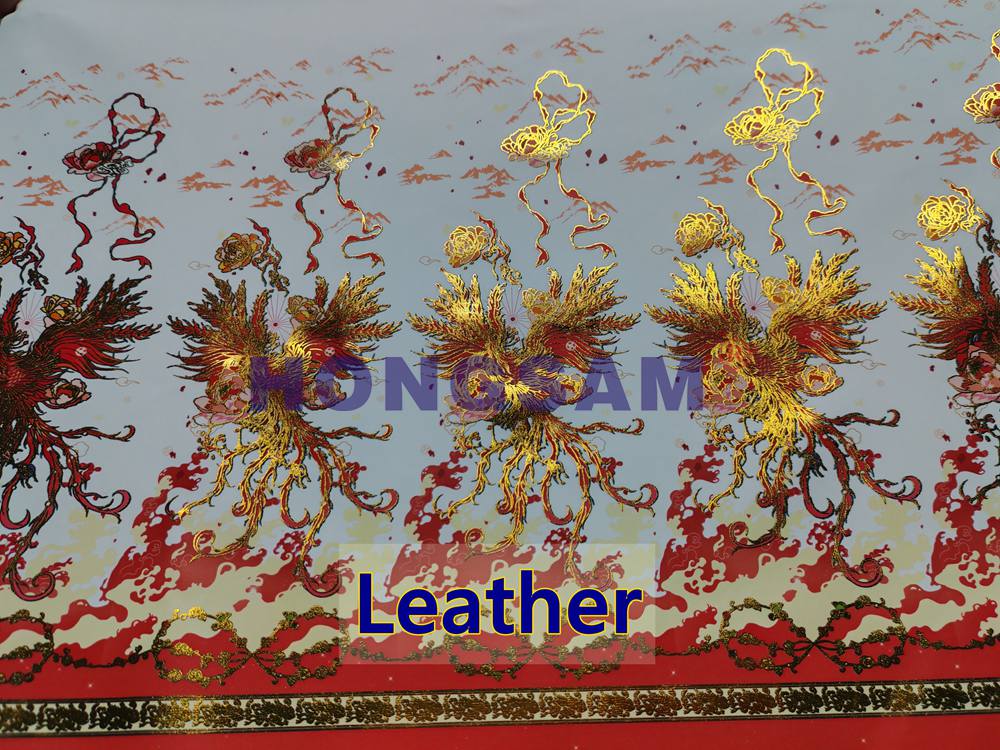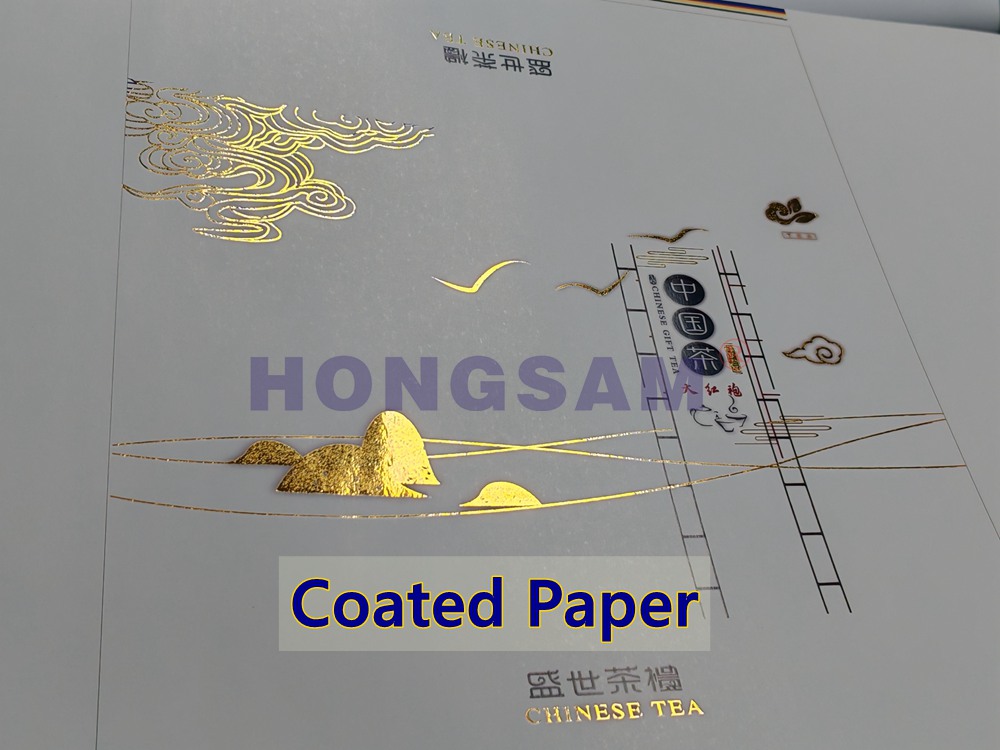What Is Digital Foil Stamping?
Digital foil stamping is a modern printing technique that utilizes digital technology to apply metallic or colored foil to a surface, often for decorative or branding purposes. The process enables precise and detailed foil application, making it ideal for low-volume printing, variable data printing and custom designs.
The digital foil stamping process uses a digital printer equipped with a special foil stamping unit. The unit allows the printer to use heat and pressure to apply foil to the material, similar to traditional foil stamping, but with the added benefit of digital control.

What Are the Differences Between Digital Foil Stamping and Traditional Foil Stamping?
Application method:
Traditional foil stamping involves using a metal die, heat and pressure to transfer foil to a surface. The mold is heated and pressed against the foil, causing it to adhere to the material.
Digital foil stamping, on the other hand, uses a digital printer equipped with a special foil stamping unit. Similar to traditional foil stamping, heat and pressure are used to transfer the foil to the material, but the process is digitally controlled.
Settings and Tools:
Traditional foil stamping requires creating custom metal molds for each design or pattern, which can be time-consuming and expensive. For each application, a mold needs to be heated and pressed onto the material.
Digital foil stamping does not require custom molds because the process is digitally controlled. This makes low-volume printing and variable data printing more cost-effective and efficient.
Versatility and customization:
Traditional foil stamping is ideal for high-volume production and is available in a variety of foil colors and finishes. However, it is less flexible when it comes to variable data and complex designs.
Digital foil stamping allows for greater customization and variable data printing, making it ideal for personalized or short-term projects. It is also available in a variety of foil colors and finishes.
Turnaround time:
Traditional foil stamping can require a longer setup time due to the need for custom molds and setup, making it more suitable for mass production.
Digital foil stamping has faster setup times and is better suited for shorter production cycles or projects with tight deadlines.
In summary, traditional foil stamping is best suited for high-volume production and is available in a variety of foil colors and finishes, while digital foil stamping is more versatile, more cost-effective for low-volume production, and allows for greater customization and variable data printing.

Why Choose Digital Foil Stamping?
Digital control: Digital hot stamping is controlled by digital files, which can achieve precise and detailed hot stamping. This means complex designs, variable data and personalization elements can be easily integrated into the foil stamping process.
Versatility: Digital foil stamping offers a high degree of versatility in foil colors, surface treatments and application techniques. It can meet a wide range of design requirements and is suitable for a variety of applications including packaging, labels, invitations and marketing materials.
Cost-effectiveness of small batch production: Digital hot stamping does not require custom molds, which makes small batch production more cost-effective. This makes it an attractive option for projects that require personalized or custom foil elements.
Fast turnaround: The digital nature of the process can speed up setup time and production turnaround, making it suitable for projects with tight deadlines or quick production requirements.
Enhanced customizability: Digital foil stamping can incorporate variable data, personalized text, and graphics, making it ideal for projects that require personalized elements or unique designs.
In summary,
digital foil stamping solution is a modern printing process that utilizes digital technology to apply foil in a precise, versatile and cost-effective way. It’s ideal for low-volume printing, variable data printing, and projects that require a high level of customization and detail.

 Jul 04,2024
Jul 04,2024


